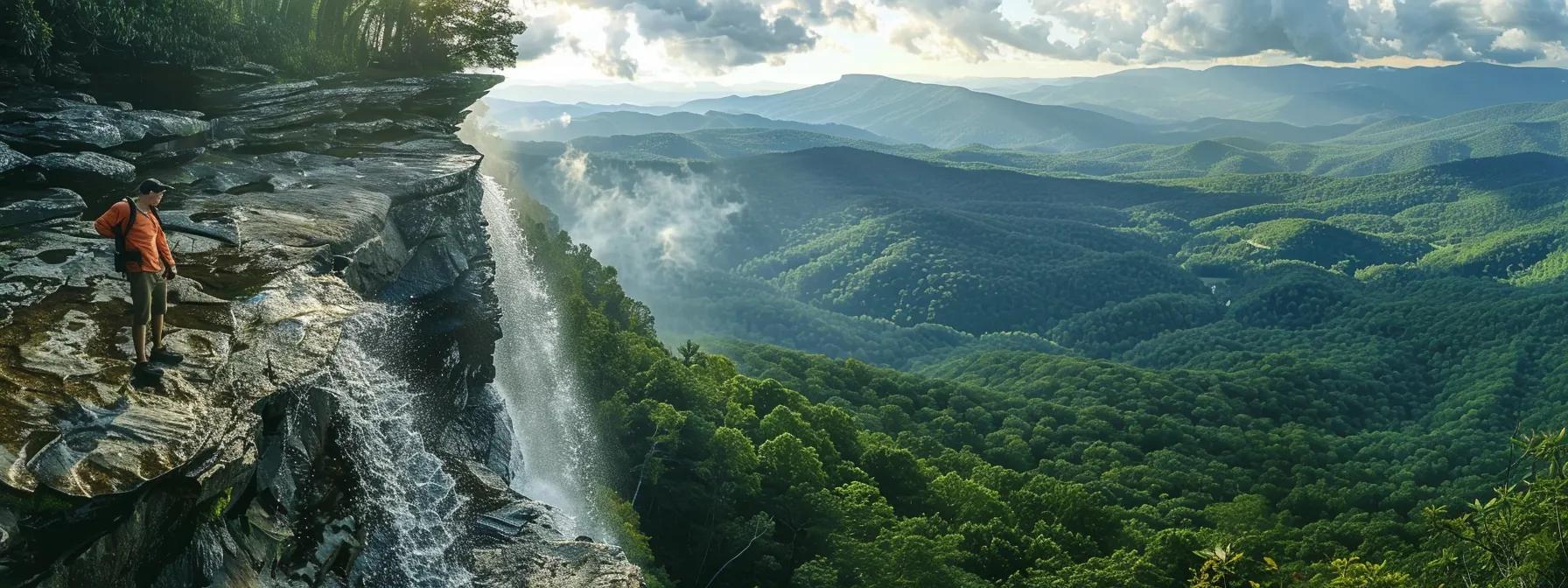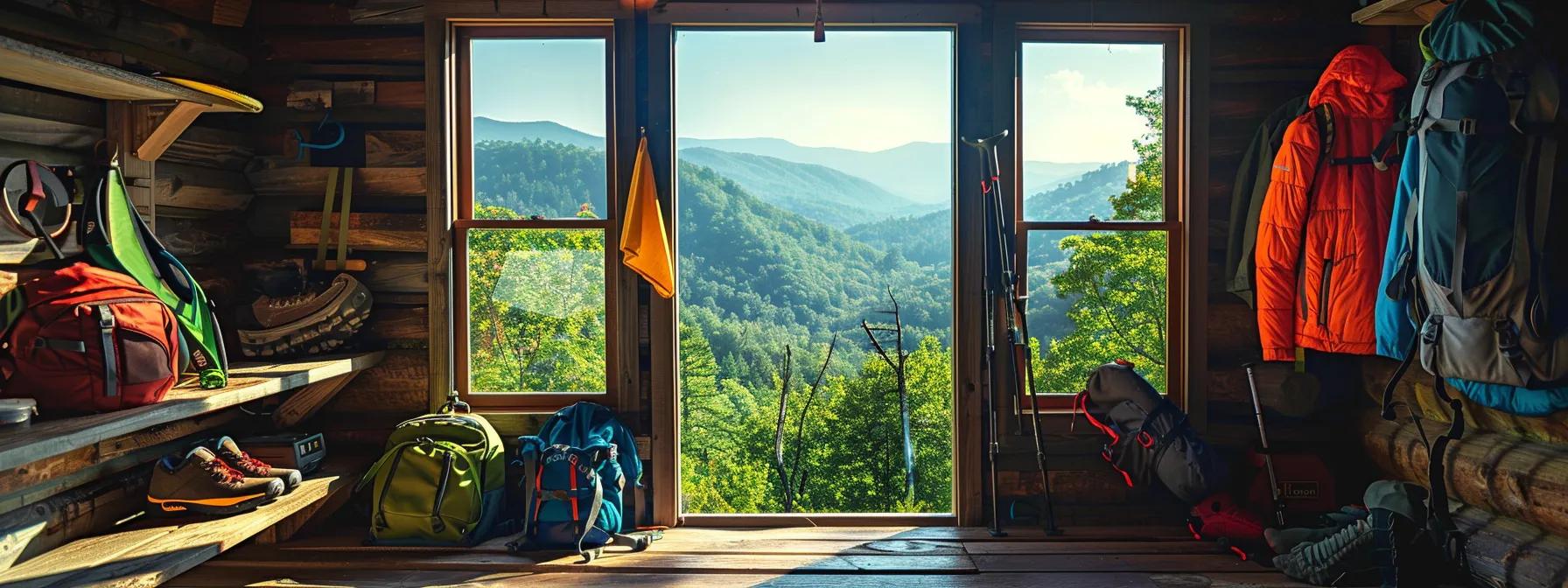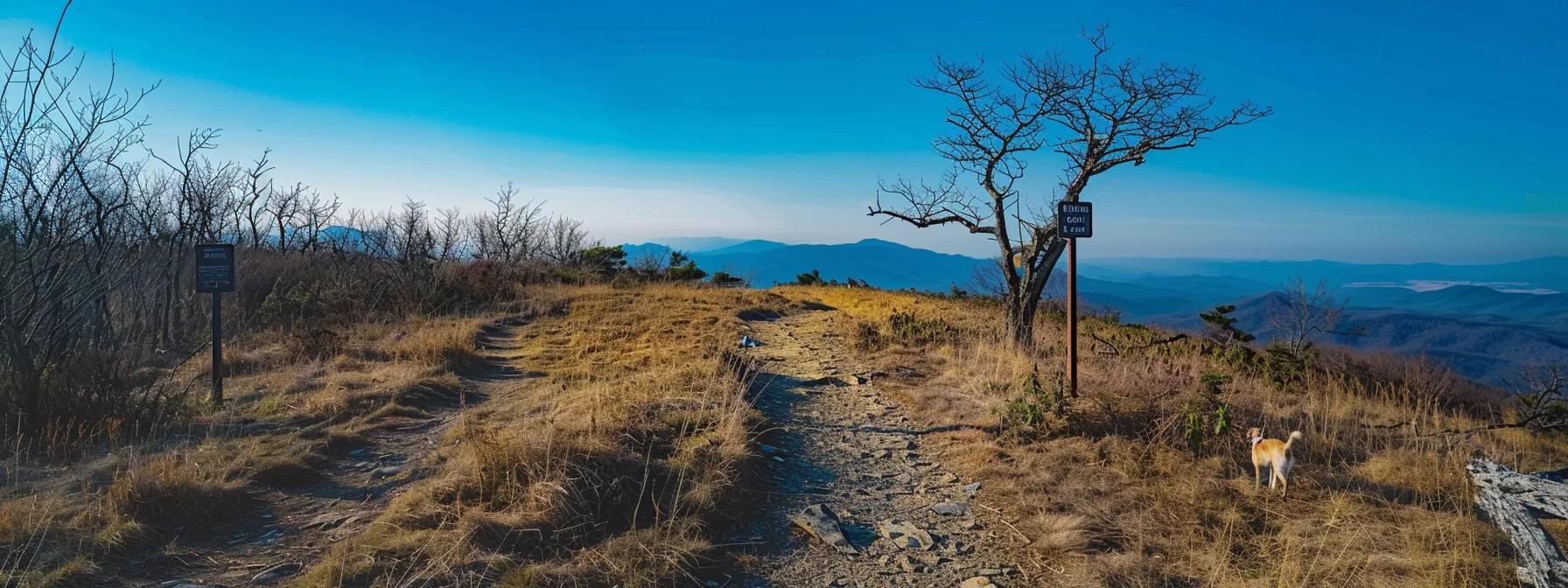
Thrilling Blue Ridge Georgia Hiking Trails for Adventurers
Key Takeaways
Discover hiking trails in Blue Ridge, Georgia, ranging from easy family walks to strenuous adventures.
Learn about scenic vistas, waterfalls, and diverse wildlife.
Get practical tips on safety, gear, and local guided tours.
Understand trail difficulty levels and essential resources before venturing out.
What Are the Best Hiking Trails in Blue Ridge, Georgia?

Blue Ridge, Georgia, offers an impressive variety of trails for all ages and experience levels. Whether you seek gentle, family-friendly paths or challenging routes to test your endurance, the trails here wind through lush forests, rocky terrain, and alongside crystal-clear streams. Numerous state parks and protected areas provide well-marked trailheads and scenic overlooks. Local guides emphasize preserving the environment by following leave no trace principles.
Which Trails Should Every Hiker Explore in Blue Ridge?
Hikers should explore trails that wind through dense forests, scale mountain slopes, and meander alongside sparkling streams. Iconic trails like the Blue Ridge Park Trail combine varied terrain with beautiful vistas. Historical pathways also offer a glimpse into the local heritage, providing opportunities for wildlife spotting and moments of peace in nature.
What Are the Key Features of Springer Mountain Trail?
Springer Mountain Trail is known for its moderate difficulty and scenic overlooks. With a gradual incline and shady glens along the ascent, hikers are rewarded with panoramic views of the Appalachian Mountains at the summit. Clear signage explains the region’s flora and fauna, making the trail both educational and invigorating.
How Challenging Is the Blood Mountain Trail?
The Blood Mountain Trail is one of Blue Ridge’s most challenging hikes. Steep ascents, significant elevation gains, and rugged, rocky terrain require excellent fitness and proper preparation. Despite its difficulty, the breathtaking summit views make this trail a favorite among experienced hikers seeking a memorable adventure.
What Makes Amicalola Falls Trail Unique?
Amicalola Falls Trail is distinct for its proximity to Amicalola Falls State Park. The trail brings you close to cascading waterfalls and offers several lookout points for stunning photographs. Its gentle terrain makes it accessible for families, while the continuous sound of falling water creates a serene hiking experience that highlights this unique blend of water, rock, and forest.
How Can You Choose Blue Ridge Hiking Trails by Difficulty Level?
Choosing the right Blue Ridge trail means considering your fitness level and hiking experience. Trail maps and park resources detail each route’s length, elevation change, and surface type, helping you select a suitable trail without undue strain. Local guides and seasoned hikers also provide insights on seasonal conditions for a safer hike.
What Are the Best Easy Hiking Trails in Blue Ridge for Beginners and Families?
For beginners and families, Blue Ridge offers several safe and scenic options: 1. Blueberry Hill Walk – Family-Friendly Stroll: A flat, winding pathway providing ample shade for all ages. 2. Riverbank Trail – Scenic and Accessible: Runs alongside a calm river with a smooth surface ideal for strollers. 3. Meadow Loop – Open and Inviting: A short loop trail through expansive meadows, perfect for leisurely exploration and wildlife spotting.
Which Moderate Trails Offer Scenic Views and Wildlife Encounters?
Moderate trails strike a balance between challenge and beauty: 1. Huckleberry Trail – Picturesque and Varied: Combines gentle slopes with short climbs among forest clearings filled with birdlife. 2. Cedar Ridge Path – Balanced Adventure: Offers intermittent views, moderate elevation gain, and chances to spot local deer and wildflowers. 3. Pine Grove Trail – Engaging and Diverse: Merges woodland paths with rocky outcrops that provide panoramic views and frequent wildlife sightings.
What Are the Most Strenuous Trails for Experienced Hikers?
Experienced hikers looking for a vigorous challenge can choose from: 1. Blood Mountain Trail – Rugged and Rewarding: Demands high fitness with steep gradients and rocky paths. 2. Summit Ascent – Endurance Test: A long-distance route with significant elevation gains that challenge strength over several hours. 3. Ridge Runner Path – High-Intensity Experience: Features challenging climbs and technical segments requiring careful navigation and stamina.
Which Blue Ridge Trails Feature Waterfalls, Vistas, and Wildlife?

Blue Ridge trails highlight nature’s beauty—from lush waterfalls and expansive vistas to abundant wildlife. Trails are designed to showcase unique features like the sound of cascading water or sweeping mountain views. Hikers are encouraged to bring binoculars or a camera to capture special moments along these varied landscapes.
Where Can You Find Waterfall Hikes in Blue Ridge, Georgia?
Waterfall hikes are major attractions in Blue Ridge. Trails near Amicalola Falls State Park and other forested routes offer close-up views of seasonal cascades, making for refreshing breaks and quiet moments in nature.
What Are the Best Scenic Vista Hikes for Photography and Views?
The region offers many trails with spectacular scenic vistas. For example, the summit of Springer Mountain provides unobstructed views of the Appalachian range, perfect for capturing sunrise and sunset moments.
How to Spot Wildlife and Flora Along Blue Ridge Trails?
Early morning hikes enhance wildlife spotting in Blue Ridge. Hikers should maintain a respectful distance and practice quiet observation to fully appreciate the local flora and fauna, turning the hike into an educational experience.
What Essential Hiking Resources Should You Know Before Exploring Blue Ridge Trails?
Preparation is key before hitting Blue Ridge trails. Check trail maps, review weather updates, and note local emergency contacts. Being aware of the terrain and potential hazards ensures a safe and enjoyable hiking experience.
What Are the Top Hiking Safety Tips for Blue Ridge Trails?
Safety is paramount: 1. Plan Ahead – Weather and Route Check: Review forecasts and trail conditions before you leave. 2. Stay on Marked Paths – Prevent Accidents: Follow established routes to protect yourself and preserve nature. 3. Inform Someone – Communication is Key: Always let a friend or family member know your plans and expected return.
What Should You Pack for a Day Hike in Blue Ridge, Georgia?
A day hike should include a hydration pack, snacks, a first aid kit, and a map or GPS device. Packing extra layers for changing weather and essentials like a camera and binoculars can enhance your overall experience.
Are Permits Required for Hiking in Blue Ridge?
Most day hikes in Blue Ridge do not require permits. However, for remote areas or overnight trips in some state parks, check local regulations to ensure compliance with conservation rules.
What Is Proper Trail Etiquette to Follow in Blue Ridge?
Good trail etiquette is essential. Yield to other hikers, maintain a quiet environment, and always pack out your trash. Respect wildlife and follow "Leave No Trace" principles to help preserve the natural beauty for everyone.
Where Can You Find Hiking Gear, Guided Tours, and Lodging Near Blue Ridge Trails?

Blue Ridge provides a range of services for outdoor enthusiasts. Equipment rentals, guided hikes, and lodging options—from cozy cabins to upscale resorts—ensure that hikers can find the resources they need for a safe and enjoyable adventure.
What Are the Best Hiking Boots and Gear for Blue Ridge Trails?
Opt for high-performance hiking boots with good ankle support and durable soles. Moisture-wicking clothing and layered apparel are also recommended to adapt to changing weather throughout the day.
Where to Rent Hiking Equipment in Blue Ridge, Georgia?
Several outdoor shops offer rental services for equipment such as boots, poles, and backpacks. These vendors are knowledgeable about local trail conditions and can help you choose the right gear.
How to Book Guided Hiking Tours in Blue Ridge?
Guided tours are available through local outdoor shops or visitor centers. These tours provide route overviews, safety briefings, and expert commentary to enhance your hiking experience.
What Lodging Options Are Available Near Popular Trails?
From cabins and campgrounds to upscale resorts, Blue Ridge offers lodging that provides convenient access to hiking trails. These accommodations cater to families and solo adventurers alike with amenities designed for comfort and relaxation.
How Long Are the Most Popular Blue Ridge Hiking Trails and What Are Their Elevation Profiles?
Understanding each trail’s distance and elevation profile is crucial for planning a safe hike. Detailed maps and local resources offer information on duration, distance, and elevation gain, helping you choose trails that match your fitness level.
What Is the Distance and Elevation Gain of Springer Mountain Trail?
Springer Mountain Trail spans approximately 4 to 5 miles with a steady elevation gain of around 1,000 feet. Its moderate pace allows hikers to enjoy expansive summit views without overwhelming effort.
How Long Does It Take to Hike Blood Mountain Trail?
The strenuous Blood Mountain Trail generally takes experienced hikers 4 to 6 hours. Its steep ascents and challenging segments require endurance and careful navigation.
How Do Elevation Changes Affect Hiking Difficulty in Blue Ridge?
Elevation changes are a key factor in hiking difficulty. Steep ascents require more cardiovascular effort and muscle stamina, while gradual slopes allow for a more relaxed pace. Training for elevation gain is often recommended to ensure a safe and enjoyable experience.
Are Dogs Allowed on Blue Ridge Hiking Trails and Which Trails Are Dog-Friendly?

Many Blue Ridge trails welcome dogs as long as owners follow local regulations. Ensure your dog is well-behaved, kept on a leash, and has access to water. Knowing which trails are dog-friendly helps create enjoyable outings for both you and your pet.
What Are the Best Dog-Friendly Trails in Blue Ridge, Georgia?
Top dog-friendly trails include: 1. Riverbend Path – Easy and Scenic: A gentle trail alongside riverbanks perfect for a casual walk. 2. Meadow Loop – Open and Spacious: A flat trail that offers plenty of room for dogs to trot. 3. Forest Crossing Trail – Shaded and Relaxing: Provides cool, shady areas ideal for a leisurely stroll with your furry companion.
Frequently Asked Questions
Q: What is the best time of year to hike in Blue Ridge, Georgia? A: Spring and fall offer mild weather and vibrant scenery, making them ideal times to hike.
Q: Are hiking trails in Blue Ridge well-marked? A: Yes, most trails have clear signage and maps available at local visitor centers.
Q: Do I need special equipment for hiking these trails? A: Basic gear such as sturdy boots, water, and a map is sufficient, although additional equipment may be needed for strenuous hikes.
Q: Can I hike these trails with young children? A: Many trails in Blue Ridge are family-friendly, especially the easier and moderate routes.
Q: How can I book a guided hiking tour? A: Guided tours can be booked online through local outdoor shops or directly at Blue Ridge visitor centers.
Final Thoughts
Blue Ridge, Georgia, offers a diverse selection of hiking trails to suit various interests and fitness levels. From easy, family-friendly paths to challenging routes like Blood Mountain, the trails provide unforgettable encounters with nature. With practical resources such as equipment rentals, guided tours, and convenient lodging, a well-planned hike in Blue Ridge promises memorable moments amid pristine wilderness. Embrace the adventure, respect the natural surroundings, and create lasting memories with every step.

